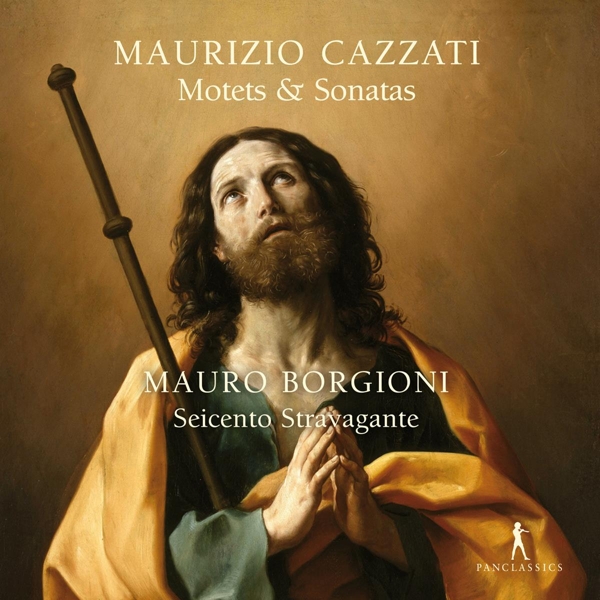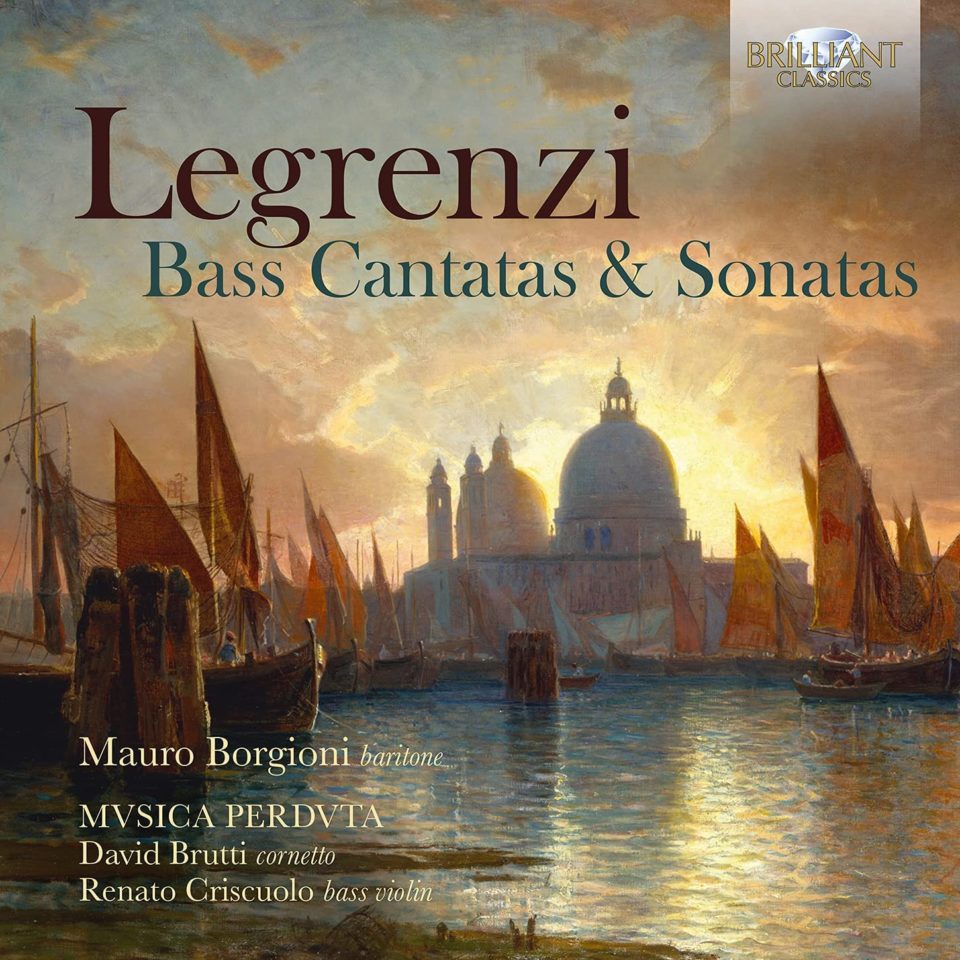Maurizio Cazzati
In the XVIIc. music scene, the Emilian composer Maurizio Cazzati (1616-1678) certainly plays a prominent role for his multiform and varied activity.
The consistency of his printed musical production is truly weighty, especially for the canons of the time: Cazzati published 66 opus numbers in less than forty years (from 1641 to 1678), for a total of over one hundred separate editions, including the reprints.
In his works Cazzati ranges between different writing techniques: from the most severe counterpoint of sacred music, to the stile concertato of the secular vocal repertoire, not to mention the idiomatic instrumental music; he uses and combine those techniques in an innovative way often combining old and new music languages.
The CD “Maurizio Cazzati – Motets for bass and sonatas” released for Pan Classics, wants to celebrate the composer’s creativity, highlighting Cazzati’s way in which he concerts voices and instruments, in a fusion of momentum to the divine and human passions: a dialogue between low voice and heavenly instruments, rich in colors and sonorities
TRACKLIST:
01 Annuntio vobis. Per un Santo. All’Signor Don Giuseppe Paini Musico Dell’Altezza Serenissima di Modena
from “Mottetti a voce sola con due violini Opera LI”, 1682
02 Sonata Terza – La Bulgarina
from “Suonate a due violini”, 1659
03 Dulcis amor. Del Santissimo Sacramento
from “L’ottavo libro dei mottetti a voce sola, op. 65”, 1678
04 Sonata quarta “La Calcagnina”
from “Suonate a due violini” Bologna 1659
05 Stillae sparse per me. Sopra la Passione di Nostro Signore. Volgar, latino. from “L’ottavo libro dei mottetti a voce sola, op. 65” 1678
06 La Calva. Violino solo overo Violino e Basso
from “Il secondo libro delle sonate a una, doi… Opera ottava” Venezia, 1648
07 Regina coeli
from “Le quattro antifone annuali della B. V. Maria, op.42” 1667
08 Sonata duodecima – La Strozza
from “Suonate a due violini” Bologna 1659
09 Factum est praelium magnum
from “Motetti a Voce Sola del Sig. Mauritio Cazzati Libro Ottauo Op. 65”, 1678
10 La Pezzola. Violino solo overo Violino e Basso
from “Il secondo libro delle sonate a una, doi… Opera ottava” Venezia, 1648
11 Mortali, che fate? Aria Morale
from “Cantate morali e spitrituali a voce sole, op. 20”, 1659
12 Sonata sesta “La Giralda”
from “Suonate a due violini” Bologna 1659
13 Eja crudeles. Per un Martire, o per il Santissimo
from “Mottetti a voce sola con due violini Opera LI” Antwerpen, 1682
Performers:
Mauro Borgioni – Baritone
David Brutti – Cornetto & cornetto muto
Paolo Perrone – Violin
Nicola Lamon – Organ, harpsichord, regale



